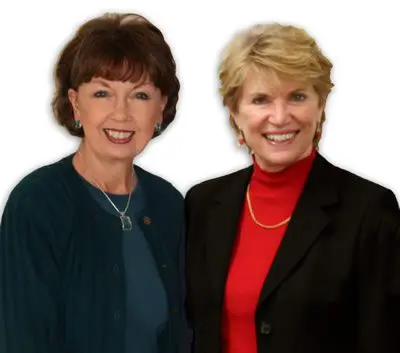
The Baby Signs® Program: A Helpful Tool in Bilingual Settings
Linda Acredolo, Ph.D. & Susan Goodwyn, Ph,.D.
As more and more parents learn the value of exposing their children to second and even third languages early in life, the number of babies being raised in “bilingual homes” is rapidly increasing. Just what does this mean? In many cases it means that one parent speaks one language to the child while the other parent speaks a second. In other cases, both parents may speak the same language to the child while a trusted caregiver (grandmother or nanny) speaks another. So, what happens if we add signing to the mix? Will it just add to the child’s confusion?
The answer is a strong and resounding “No!” The truth is that, no matter what form bilingual input takes, adding signing to the mix actually makes the child’s job easier, not harder. Here’s why.
When children first start learning about language, they quite naturally look for one-to-one correspondences between words and the objects (or actions) they label. For example, babies in an English-only environment, upon hearing the word “milk” in the presence of white stuff in their bottle, will eventually learn to associate the two together:
CHILD: “Hmmm….I get it! The white stuff in my bottle = ‘milk’“
However, life gets more complicated in a bilingual household. In this case babies consistently hear two words in association with the white stuff in their bottle, a situation which can be very confusing.
CHILD: “Hmmm….Sometimes I hear “milk,” sometimes “leche.” What’s going on?”
Clearly, what children hearing two languages need to figure out is that both words are equally important labels for milk. And that’s where signing comes to the rescue. By adding a sign to the mix so that the same visual symbol (sign) accompanies both words (“milk” and “leche”), parents make the job of connecting the object with the meanings of both words much easier for babies. In other words, when the baby hears “leche” paired with sign and then also hears “milk” paired with the sign, the pieces fall into place:
CHILD: “Aha! These words mean the same thing!

What’s the bottom line? Rather than confusing your bilingual child, signs will help smooth the road to understanding and speaking both languages.
Visit www.babysigns.com for more information about Baby Signs® resources to help you and your baby enjoy all the benefits that signing can bring.

Drs Acredolo and Goodwyn
Linda Acredolo, Ph.D and Susan Goodwyn, Ph.D are the doctor-moms who conducted the groundbreaking research on signing with babies that started a revolution in infant communication and inspired their best-selling book for parents, Baby Signs: How To Talk With Your Baby Before Your Baby Can Talk (now in its 3rd edition).
